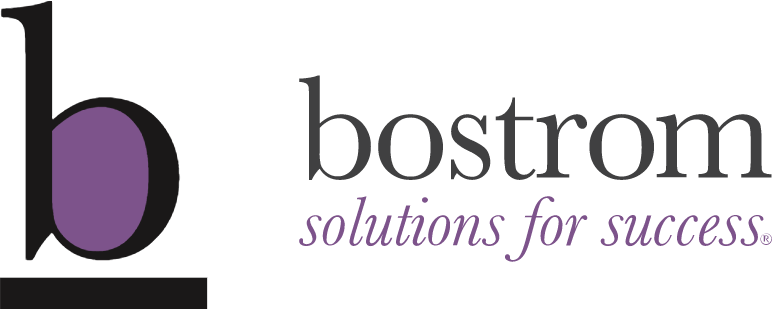Customer obsession is Amazon’s No. 1 leadership principle:
“Leaders start with the customer and work backward. They work vigorously to earn and keep customer trust. Although leaders pay attention to competitors, they obsess over customers.”
This obsession with the customer lies not only within the leaders of a company but within the very fiber of a company’s culture. It’s what made Amazon the behemoth online retailer it is today and what could make your association a powerful resource for any industry or profession.
You’ll see in this issue of Solutions how to build a customer journey for your own association and how to clearly define Customer Experience. I want to address how culture is connected to that customer experience you build. In the association world, the use of customer can mean member, attendee, partner, prospect or even press.
Step 1: Defining
The first step is identifying who those customers are, what their needs are, what problems they are trying to solve and what is the true value proposition the organization delivers. We create customer personas and perform journey mapping exercises with clients to dive deeper into that part of the process in a focused, empathetic approach. Knowing these critical data points allows you to build a culture that delivers on that value promise in ways that speak to your customers emotionally, professionally and with alignment to business goals.
Step 2: Communicating
Once you define what your customer experience looks like, it needs to be communicated to the organization and incorporated into daily decisions and actions. This includes setting standards and expectations for staff, defining what skills and traits to look for in new hires, and designing employee training and development accordingly. At Bostrom, we spent time and resources in developing a Culture Road Map for our company to ensure everyone understood not only the customer experience but also the ideal employee experience and the values we hold true.
Step 3: Action
Organizational values need to be actionable and customer-oriented. Employees need to understand how to align their behavior and choices on a daily basis to the values of the company. When looking at your association’s values make sure they align with the customer experience you want to deliver and that team members can take action on them in a clear way.
Step 4: Hiring
It is up to every individual in an association to uphold the culture so hiring people that fit into that culture is critical. People may bring expertise and degrees in the door but if they do not live and breathe your culture they will derail the success, consistency and cohesiveness of the customer experience. Make sure your onboarding, training and professional development tactics align with culture as well after the hire.
Step 5: Accountability
Integrating performance metrics into every employee’s role that align with customer experience goals will establish the importance of culture and provide the tools needed to demand accountability from all.
Once you’ve aligned culture with customer experience based on personas and journey maps, make sure you have a feedback loop externally with customers and internally with staff members to continually assess needs and gaps on both sides. For associations, culture obsession that supports customer obsession will lead to growth, retention, and engagement as it has for Amazon.





